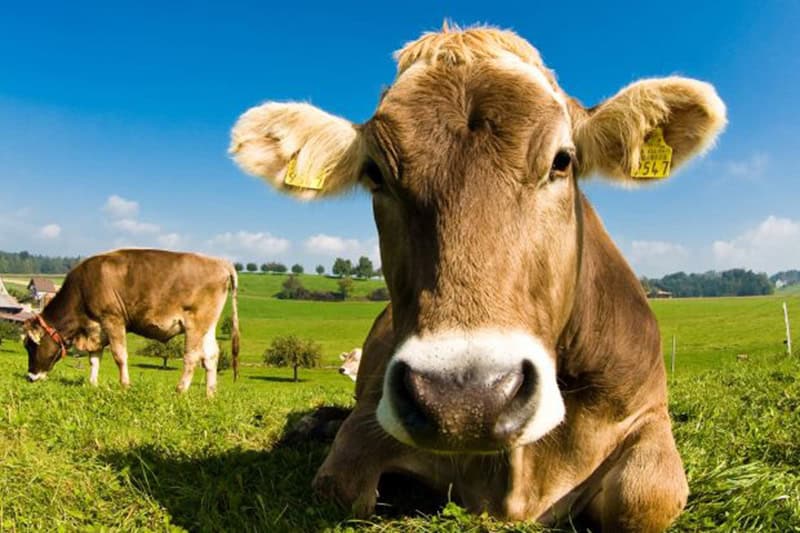New York: Children who are allergic to cow’s milk are at heightened risk of remaining shorter in height and lighter in weight throughout pre-adolescence when compared with children who are allergic to peanuts or tree nuts, finds a study.
According to the Centers for Disease Control and Prevention, eight food groups account for 90 percent of serious allergic reactions, including milk, egg, fish, crustacean shellfish, wheat, soy, peanuts, and tree nuts.
The study showed children who are allergic to cow’s milk had lower mean weight and height when compared with kids who are allergic to peanuts and tree nuts.
“These growth deficits remained prominent in the 5 to 8-year-old and the 9 to 12-year-old age ranges,” said lead author Karen A. Robbins, a pediatric allergist/immunologist at Children’s National Health System — a US-based hospital.
Allergy to cow’s milk, in particular, can foreclose a wide array of food choices during early childhood, a time when children’s bodies undergo a series of growth spurts, the researchers said.
“We learned from our previous research that there is a continuum of risk for deficits in height and weight among children with food allergies, and kids who are allergic to cow’s milk are at heightened risk,” Robbins said.
“They never have had cow’s milk in their diet. Looking at food labeling, many items ‘may contain milk,’ which severely narrows what could be a wide variety of food items for growing children. They also frequently have allergies to additional foods,” Robbins added.
For the study, presented during the American Academy of Allergy, Asthma and Immunology/World Allergy Organisation (AAAAI/WAO) Joint Conference in Orlando, the team conducted a longitudinal chart review for 191 children.
The team recorded weight, height, co-morbid conditions, such as asthma, eczema, and seasonal allergies, and use of inhaled corticosteroids.
Robbins said the future research will explore whether older children with cow’s milk allergies begin to bridge that height gap during their teenage years or if the growth differences persist.
—-IANS

